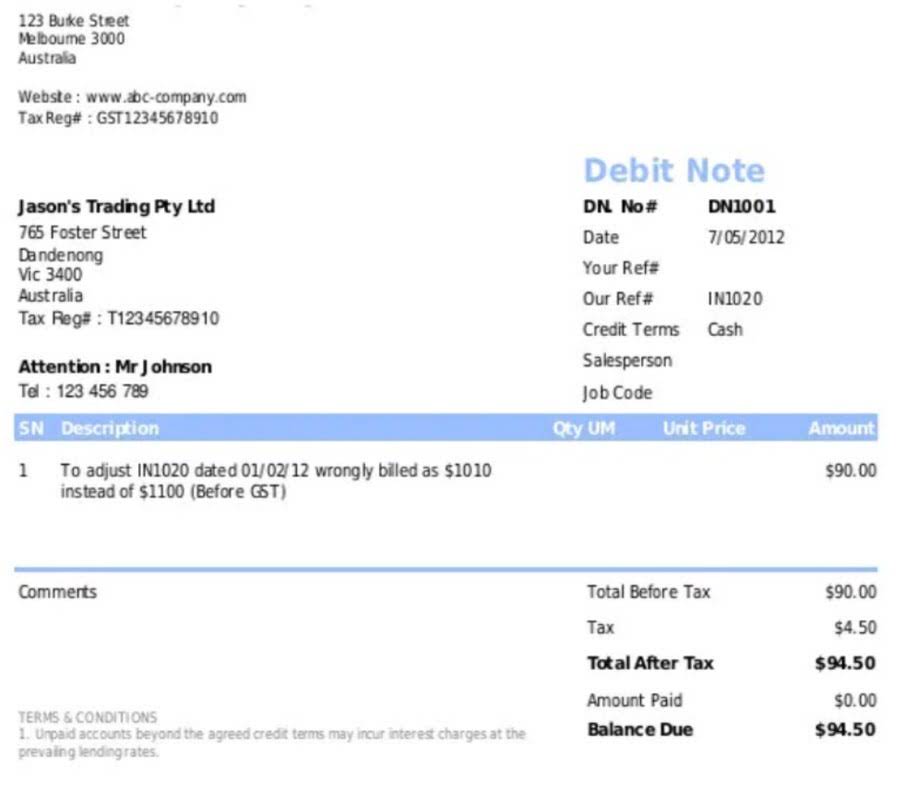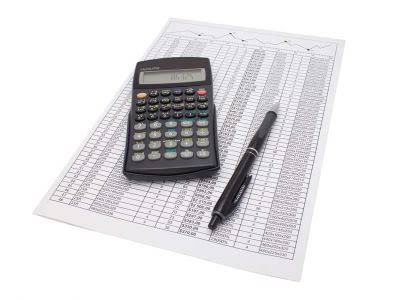
It’s the tipping point where you’re no longer losing money, but are not yet making a profit. Businesses share the similar core objective of eventually becoming profitable in order to continue operating. Otherwise, the business will need to wind-down since the current business model is not sustainable. There is no net loss or gain at the break-even point (BEP), but the company is now operating at a profit from that point onward. From sales funnel facts to sales email figures, here are https://www.bookstime.com/ the sales statistics that will help you grow leads and close deals.
- Investors include a company’s earning power in their assessment of whether to buy the company’s shares.
- Unlocking financial success begins with the mastery of break even analysis.
- For one thing, that means it includes all income earned and not just operating income.
- Maggie also pays $800 a month on rent, $200 in utilities, and collects a monthly salary of $1,500.
- Therefore, there is an ever-present risk that general market volatility, regulatory restrictions, or other unforeseen events may affect business flows in ways that earning power cannot anticipate.
- And, monitor your break-even point to help set budgets, control costs, and decide a pricing strategy.
What’s an Asset: Understanding Assets in Accounting

The break-even point is the point at which there is no profit or loss. Another limitation is that the breakeven point assumes that sales prices, variable costs per unit, and total fixed costs remain constant, which is often not the case. The price of goods sold at fluctuates, and the cost of raw materials may hardly stay stable. In addition, changes to the relevant range may change, meaning fixed costs can even change.
BEP sales value
Along with production costs, additional potential increases include warehouse rents, employee compensation increases, and higher utility rates. Understanding how to calculate and analyze break-even points enables you, as a business owner, to maintain control over your company’s financial operations. In accounting, the margin of safety is the difference between https://www.facebook.com/BooksTimeInc/ actual sales and break-even sales.

Limits of Earning Power Metrics

When you decrease your variable costs per unit, it takes fewer units to break even. In this case, you would need to sell 150 units (instead of 240 units) to break even. On the other hand, variable costs change based on your sales activity. Examples of variable costs include direct materials and direct labor. DigitalOcean provides straightforward, budget-friendly cloud solutions to lower your fixed and variable costs. Our products keep your overhead low and operations streamlined, allowing you to scale up or down to cut unnecessary costs and hit your break-even point quicker.
- You can then generate BEP reports and share them across your company to encourage different departments to implement actionable changes.
- In contrast to fixed costs, variable costs increase (or decrease) based on the number of units sold.
- For example, the total revenue curve is simply the product of selling price times quantity for each output quantity.
- The break-even point (BEP) helps businesses with pricing decisions, sales forecasting, cost management, and growth strategies.
- A higher contribution reduces the number of units needed to break even because each unit contributes more towards covering fixed costs.
Traders can use break-even analysis to set realistic profit targets, manage risk, and make informed trading decisions. The contribution margin represents the revenue required to cover a business’ fixed costs and contribute to its profit. With the contribution margin calculation, a business can determine the break-even point and where it can begin earning a profit. By dividing bep definition the fixed costs by the total profit on each unit sold, you can determine how many units you need to sell before your company can sustainably pay off its expenses. This is helpful because it shows the minimum amount of units your company would need to sell before breaking even. The break-even point can be affected by a number of factors, including changes in fixed and variable costs, price, and sales volume.




